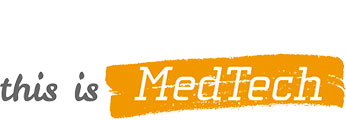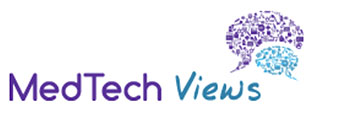The environmental impact of medtech
Posted on 04.09.2015
All industries leave an environmental footprint. The European medical technology sector is committed to being as low-impact and green as possible, an approach that complements its efforts to improve the health and welfare of citizens. The medtech industry recognises its duty to act responsibly and work in a sustainable way. MedTech Europe gives feedback to environmental regulators while also providing information on compliance with regulations.
Here is some of the key EU environmental legislation affecting the medtech sector:
REACH
Registration, Evaluation and Authorisation of Chemicals (REACH) is the EU’s 2006 Regulation on the production and use of chemical substances and their potential impacts on human health and the environment. This is very important for the industry as it covers several chemicals essential to the production of medical devices. REACH has rules on registration, reporting, notification and labelling, as well as requirements to apply for authorisation to use certain substances where no exemption is given for use in the IVD sector and its supply chain.
WEEE
The EU’s 2004 Waste Electrical and Electronic Equipment Directive (WEEE) regulates the disposal of waste electrical and electronic equipment (e-waste). The responsibility and cost for treatment of a product at the end-of-life are laid on the manufacturer: they must have a mechanism to allow all customers to return e-waste for recovery and recycling free of charge.
RoHS
The 2003 Restriction of Hazardous Substances Directive (RoHS) limits the use of six substances in electrical and electronic equipment (EEE): mercury, cadmium, lead, chromium VI, polybrominated biphenyls (PBB) and polybrominated diphenyl ethers (PBDE). Recast in 2011, the RoHS is closely linked the WEEE. Many electrical medical devices fall under the scope of RoHS, like blood bag warmers, infusion pumps and baby incubators: the directive may require some redesign of devices and a system to ensure that purchased components are compliant as well. IVD medical devices will fall within the scope of RoHS from July 2016 onwards.
Standards
Many medtech companies adopt standards under the ISO 14000 category for environmental management. This family of standards helps organizations minimize their effect on the environment, and how they comply with laws, regulations, and other environmental rules. ISO 14001 sets out the criteria for an Environmental Management System (EMS) and maps out a framework that businesses can follow to improve resource efficiency, reduce waste, and drive down costs. It is a part of the EU’s more-demanding Eco-Management and Audit Scheme (EMAS), which lays down rules on legal compliance and reporting duties. The particular ISO standard on risk management to medical devices is ISO 14971, which sets requirements to determine the safety of a medical device by the manufacturer during the product life cycle.


